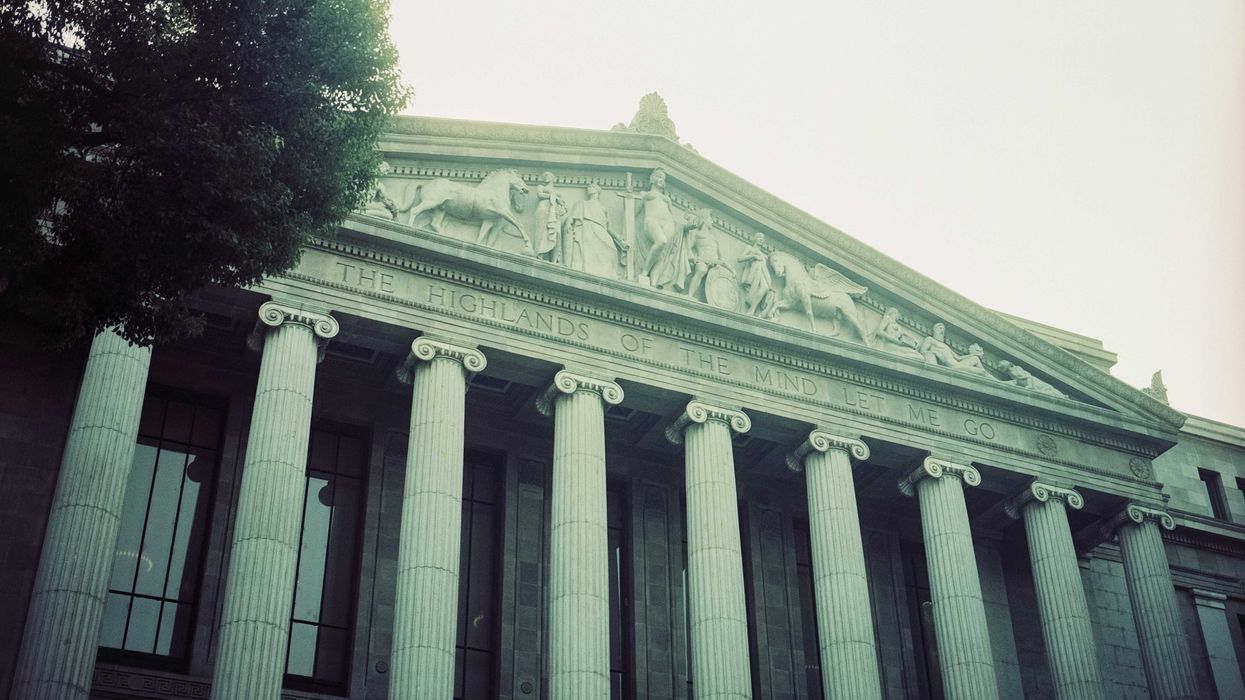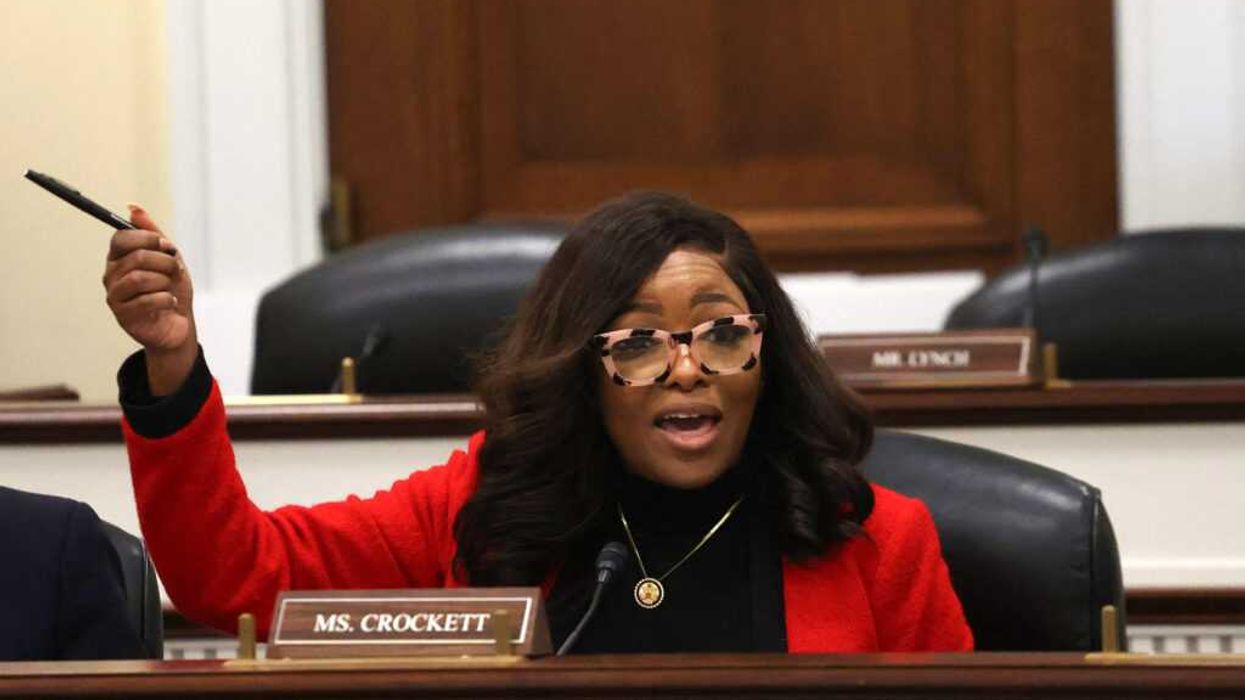With all the whirlwind media coverage about classified documents turning up where they should not, we asked our readers:
How might we provide a more secure process for documents marked classified, such that when administrations leave, they don’t accidentally or on purpose, take classified information with them?
We appreciate everyone who sent us their take. Overall, there was broad agreement that libraries handle checking in and checking out books, videos, etc. effectively, with due dates and fines. People asked why don't the archives, intelligence services and defense department meet this minimal level of record keeping? We heard from several former officials and government contractors with experience handling classified documents, noting that elected officials seem not to be bound by classified document basic protocol. Is it a training issue? Additionally, there is also some general agreement to review which documents become classified in the first place. When people working within the government stop to ask “should this be classified,” there is a strong tendency to do so, “just in case.” This might be an overabundance of caution to protect themselves, as well as the important information contained in the document.
Several people also suggested the use of RFID computer chips to track documents, which is intriguing to think about. Other sentiments fell into comparisons between alleged intentions between the two cases before the public. And others, like me, wondered how often this has happened, historically? Finally, one submission noted that we seem to handle classified documents amongst elected officials on an honor system. Unfortunately, given the lack of honor in our body politic today, it appears more rigor is needed.
Here are a selection of your takes, lightly edited for clarity and length.
As a former high-ranking government official, I did not have any problem identifying what was marked classified. I would suggest the following because I feel this is largely due (at least in Biden's case) to sloppy staff work. First, all staff handling these documents should be well-trained in records management requirements and procedures. Second, someone at Archives or the records lead at the White House should review and sign off on any release of documents to a private citizen who was formerly a president or other high-ranking official. Third, (National) Archives or another oversight organization should do periodic audits to ensure that the proper security and due diligence has been done with the documents. Lastly, Congress needs to take a look at the whole classification process. Government employees tend to err on the side of over classification to protect against disclosures of "sensitive" information. As a result, some material that shouldn't be classified is and gets the same treatment as material that actually is sensitive. As part of that Congressional review, a GAO audit of the current process should be done. ~Tony Trenkle
First, thank you for taking a preventive cut at this touchy subject. Your approach reminded me of my days as a Marine officer’s wife. When it was time to move we packed nothing except overnight bags and one box of papers (birth certificates, passports, insurance stuff, etc.) Granted, if there was trash in a waste basket it was packed as well, but if a representative of the Federal Archives were added to the mix, I don’t think there would be many mistakes. ~Jeanene Louden
While it seems to some that the following would be overkill, it seems that every document that is maintained in the administrative offices should be reviewed by archivists (whether a panel or employees of the National Archives, with the appropriate security clearances) before being packed up for transition to either a location selected by the exiting occupants or the National Archives. Classified documents would be subject to a more serious review, with a determination made as to whether they should remain classified or if they can be declassified. One way in which this process can be expedited would be to review classified documents annually and separate them out for maintenance in an appropriate secured site. The exiting occupants would need to sign off on the transition of the documents, and note that they are aware of the process and have complied with the requirements of the review. ~scmhughes
Our local library knows who has borrowed material, and when it is due to be returned. Why can't the GSA as well...? In the case of government documents, anyone who borrows that material must have proper clearance to see those documents. (Right?) Given that, is it so difficult for the GSA to know who has what documents? And why can't they simply give an outgoing administration a list of what's "due to be returned"? ~John Wright
Until science and funding catch up, better day-to-day accountability is a must! Including items flushed down a toilet. In the future, printable micro-chips and associated strategically placed detectors/alarms would help prevent human error. It costs money and takes extra time. Are we up to it? ~Roland Herwig
Perhaps we could learn a lesson from the library system in America. What if classified documents had to be signed out. The person who signed them out would be solely responsible for their security until they were returned, with sanctions applied if they were not. In order to be eligible to sign these documents out, you would need an access card, with various levels of access based upon your security clearance. Each copy of each classified document would have an individual Identification code, such as a bar or QR code. That way, if a document was discovered in an unsecure location, there would be a way to track exactly whose copy it was and hold them accountable. ~Jeffery S. Ward Sr.
I agree that there is a systemic problem here. Maybe there needs to be an officer in charge of the classified materials, especially very sensitive ones so they are not allowed to leave the White House or Pentagon or wherever that is supposed to be. Maybe when the President and VP leave office someone needs to specifically screen their belongings to make sure classified documents don’t leave. I wonder if this might be a problem in the military as well? ~Sheri Bortz
Based on my 36 years in the military, and 30 years as a DOD Civilian holding various security clearances and being involved in watching the "Classification creep," I suggest the question is beyond "how to secure" and must include discussion on WHO and WHICH various items are "Classified or Over Classified." The misuse of various pieces of the security apparatuses has played a large part in how "Black budgets" continue to spiral out of control. Adding to the problem has been the use of the "I Gotcha" (politics), enabled by the Media, and a loss of protection for whistleblowers. Tactics that give the appearance of a democratic process while actually avoiding discussing issues that could point to the hypocrisy and lack of a workable plan on ALL and behind both sides. ~Michael Marthaller
What is surprising about the handling of classified documents is the apparent lack of a strict protocol of custody. We seem to have some kind of 'honor system' that permits officials or staff to receive the material, remove it from the secure location, without any persistent daily routine or follow up on where it is stored, under what conditions, and who else is present when the material is being consulted. ~Robert Whitman




















